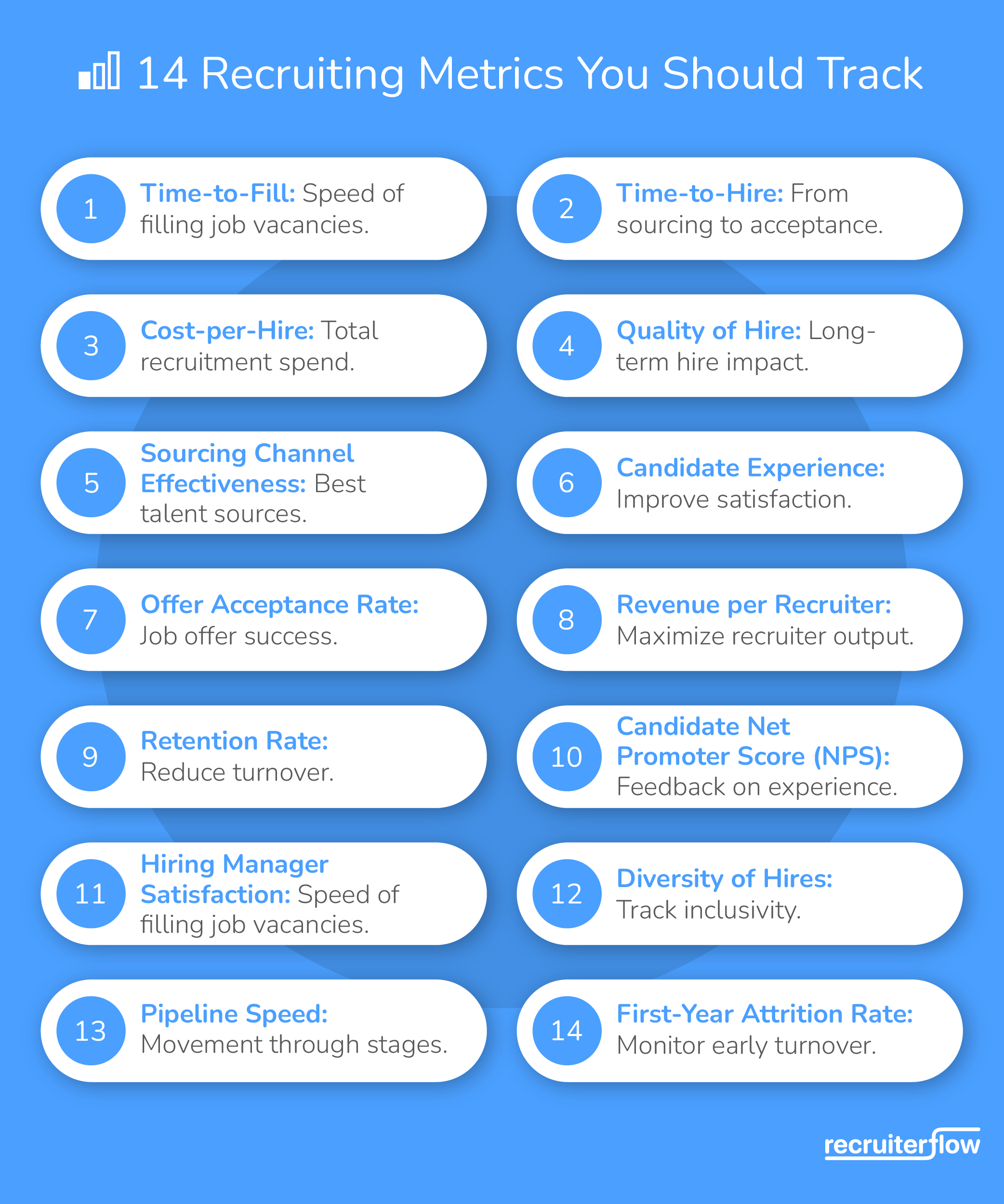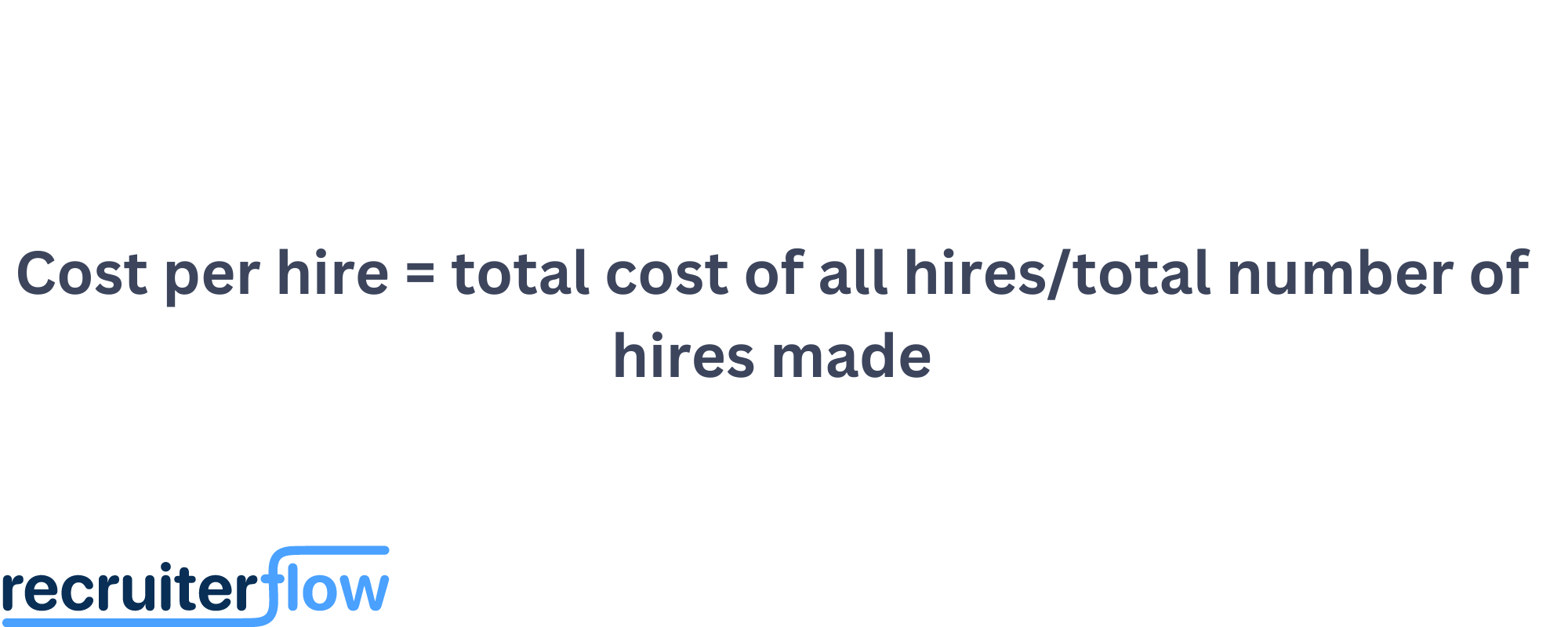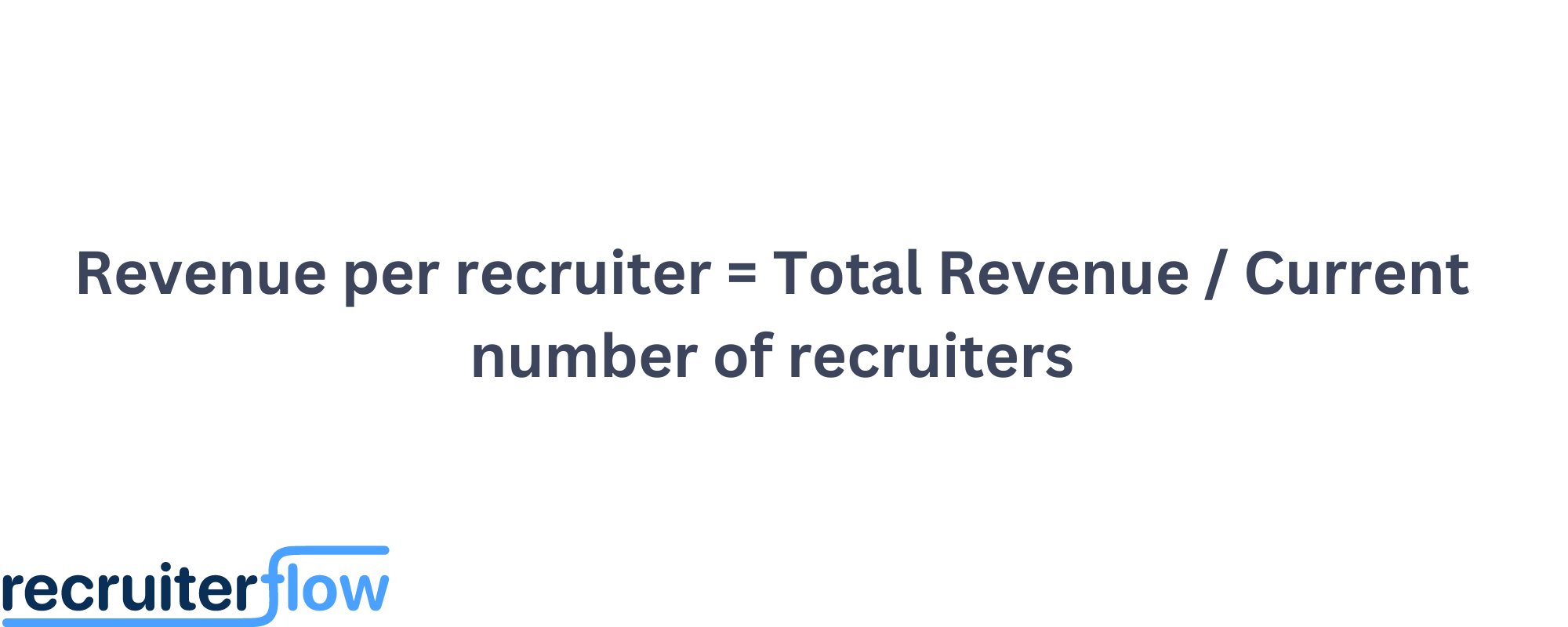
14 Recruitment Metrics Recruiters Must Track in 2025

Every recruiter knows that recruitment metrics or recruitment KPIs are crucial for their business! However, the most confusing part is what the best metrics for recruitment are. And how to track them?
To help you with this, we have listed down 14 recruitment metrics every recruiter should track meticulously to succeed.
What are Recruitment metrics or KPIs?
Recruitment metrics, also known as hiring or staffing metrics, are a set of quantifiable measurements used to track, analyze, and optimize organizations’ hiring processes.
By tracking these metrics, you can gain deep insights into your recruitment team’s performance and identify areas for improvement.
Some of the most common recruiting metrics used by staffing and recruiting businesses are – time-to-fill (the duration of time from job posting to hiring), cost-per-hire (the expenses incurred to hire a new employee), applicant-to-hire ratio (the number of applicants needed to make a single hire), and retention rate (the number of employees who remain with the company over a specific period).
Also, read our blog on time to hire vs time to fill & how to improve these metrics.
Why it is essential to track recruitment metrics?
Tracking recruitment metrics helps you make informed decisions based on data throughout the hiring process. With these metrics, you can also generate real-time insights and predictions to optimize your team’s performance. Through this, you can test the success of different strategies and make informed business decisions for sustainable growth.
14 recruitment metrics to track

1. Time to fill
The time it takes to fill a position is one of the most essential metrics for measuring recruiting success. This metric can be tracked by measuring how long it takes from when a position is posted until it is filled.
Time to fill doesn’t include any part of the interview process; it just measures how long it took for someone to be placed from the date the job was opened
If this number is increasing over time, that could indicate a problem with your hiring process or with candidate quality.
Also read: How a recruitment CRM can help you reduce time to fill
2. Time to hire
The time it takes for a candidate to get hired from the day they entered the pipeline is the Time to hire. It is a measure of how fast you are processing a candidate and delivering results for them. On the other hand, time to fill is a measure of how fast you are delivering results for your clients.
3. Cost per hire
This metric tells you how much an employee costs and whether or not it makes sense to increase or decrease your budget for hiring efforts.
You can calculate this by taking the total cost of all hires made during the year and dividing it by the number of hires made during that same period.
Also, check out our in-depth blog on cost per hire for detailed information.
How to calculate cost per hire?

This will give you a dollar amount per hire made so far during the year — which can then be compared to other years’ figures if needed!
4. Revenue per recruiter
Revenue per recruiter is used to calculate a rough estimate of how much money each recruiter generates for the agency. You do this by measuring the total revenue that your agency generates over a given period (usually a year), then divide this figure by your current number of recruiters.
How to calculate Revenue per recruiter?

Tracking Revenue per recruiter is crucial for agencies as it provides them with valuable insights about the productivity and efficiency of their recruitment teams. Also, keeping a close watch on this metric enables recruitment agencies to ascertain the revenue generated by each recruiter, identify the top-performing recruiters, and allocate resources accordingly.
Furthermore, this metric helps measure the effectiveness of the recruitment strategies and identify areas for optimization to enhance the recruitment process, resulting in increased revenue and profitability for the agency.
5. Submittals per recruiter
Submittals per recruiter measure the number of job candidate submissions made by a recruiter to a client in a month. Tracking this metric helps evaluate a recruiter’s productivity and improve the time-to-hire for a position by identifying bottlenecks in the recruitment process and taking corrective measures.
6. Submittals: interview: offer: placement ratio
This one’s pretty self-explanatory—it’s the ratio between the number of times your agency has received job submissions, interviewed candidates, made offers, and placed them in jobs (or not).
- µ: the number of people who submit applications for a job opening.
- Interview: the number of applicants who get interviewed for a job opening.
- Offer: Number of hires made from a job opening.
- Placement: The number of actual hires made from a job opening.
7. Average placement value
One of the most important metrics to track is your average placement value. This metric is used to gauge the average amount of money your clients are paying you on a per-placement basis.
This is a measure of how much you’re making per placement, and it’s one of the best ways to keep an eye on your ROI. It allows you to analyze the revenue per placement.
This metric shows how well you are doing at your job because it tells you if you’re able to get your clients more bang for their buck (or how much extra they’re paying out of pocket). For optimal results, it’s best to ensure that the Average Placement Value is at least 2x of Cost Per Placement

8. Number of new clients acquired every month
A new client is the best thing that can happen to your business. It means you’re making money, and it’s a sign of growth—both in terms of your clientele and the quality of your services.
But how do you know if you’re doing well? How do you know if your business is growing?
One key way to measure growth is by tracking the number of new clients you acquire every month. If this number goes up, it means that more people are hearing about you and deciding to work with you.
You can also use this metric as a benchmark for how well your marketing efforts are working.
9. % of clients who give you a second Job Order after the first one
“A satisfied customer is the best kind of customer.” But did you know that having a single satisfied client can be more valuable than having 100?
When a client comes back to you for a second job order within a short period of time, they’re telling you that you did something right—and that makes them more likely to come back for more. And that means less time spent searching for new clients.
You can use this as a measure of how well you’re doing at keeping your clients happy, which is crucial for any business.
10. Forecasted/pipelined revenue
Revenue forecasting involves estimating future revenue by analyzing past performance and current trends. This process is crucial for developing a business plan and guiding decision-making, such as budgeting and resource allocation. Without reliable revenue projections, it would be challenging to make well-informed decisions regarding allocating resources to achieve desired outcomes.
11. Sourcing channel effectiveness
The number of applicants per position and their cost can vary significantly depending on where you source them from. Analyzing the effectiveness of every candidate sourcing channel is crucial in finding quality candidates for your clients.
Today, with powerful tools like Recruiterflow, you can track which applicants came from which source and how far they go. You can even track revenue generated through different sources by tracking the percentage of visitors coming from each channel, and then comparing that against their conversion rate (i.e., how many visitors convert into leads or candidates).
This will help you identify which channels are working best for your business and which ones aren’t performing as well as expected.
12. Sourcing channel cost
The sourcing channel cost metric shows the average cost per hire from each channel. It’s important because it helps you understand which channels are worth investing in.
For example, if LinkedIn costs $30 per hire but delivers a 50% success rate. On the other hand Facebook only costs $10 per hire but has a 10% success rate. It makes sense to invest more in LinkedIn than Facebook when looking at just this one metric alone.
Also, check our blog RecOps 101: Mastering Efficient Recruitment Operations
13. Time to productivity/recruiter ramp-up time
Recruiter ramp-up time is the time a new recruiter takes to become fully productive on the job. This metric helps you figure out how much time it takes to train new recruiters so that they can be productive.
The best way to track this metric is by measuring the average days it takes for a new hire to complete all training modules and reach full productivity.
You can also check out our guide on Recruitment 360 and strategic recruitment plans to enhance your hiring strategy.
If your client has multiple training programs for upskilling workforce, you can also track which training program is most efficient at quickly bringing new hires up to speed.
This is a valuable metric because it shows how long your agency will take to get a new hire up to speed.
This is important because the more time it takes for the recruiting team to ramp up, the less likely you are to hit deadlines and revenue goals. On top of that, if your agency’s recruiter ramp-up process takes too long, it could negatively impact employee morale.
Also Read: 15 Must-Track Recruiting Email Metrics for Recruiters
14. Candidate NPS score
Candidate Net Promoter Score (NPS) measures how candidates like/dislike their application and recruitment experience with your organization. It is an indicator of how likely candidates are to recommend your recruitment agency to others.
Candidate Net Promoter Score (NPS) measures how candidates like/dislike their application and recruitment experience with your organization. It is an indicator of how likely candidates are to recommend your recruitment agency to others.
Also, check our blog on the recruitment commission structure.
The reason this metric matters is because it shows how satisfied candidates are with their experience.
If your candidate’s NPS score is low, it means you’re probably doing something wrong with your candidate’s experience or you’re not meeting expectations. You can easily calculate a candidate’s net promoter score with tools like Trustmary.
Wrapping up!
We all know that the recruitment industry is a tough one to crack.
There are so many variables at play—from the number of candidates you’re able to attract and screen, to how many of those candidates end up getting placed in jobs. And on top of all that, your ultimate goal is to make a profit while making sure you’re treating your clients well and adhering to industry standards.
We hope this article on different recruiting metrics will help you plan and execute your goals much more smoothly!
Recruitment





